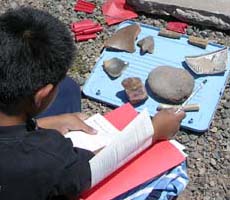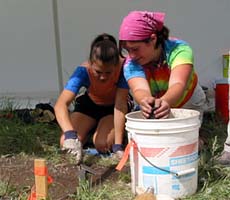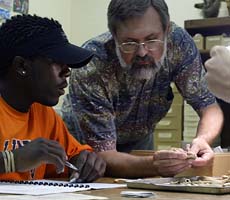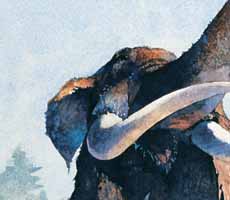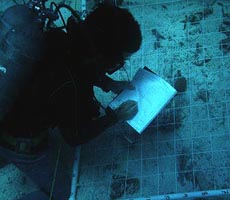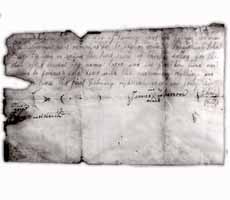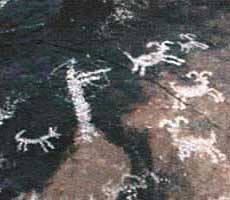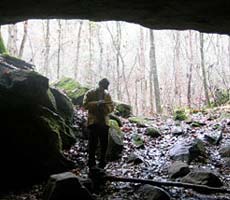Do you like to dig in the dirt? Find things that are lost? Put pieces together? Figure out stories from clues? Learn about the past? These are all things archeologists do—maybe you're one, too!
Archeology is tons of dirt-digging, story-telling, mystery-solving fun. Like you, many archeologists caught the archeology bug as kids. Get started by looking through our site. An adult can help you to find a site or a museum to visit. Dig in!
![[NPS Arrowhead]](https://cybercemetery.unt.edu/archive/oilspill/20121017032713im_/http://www.nps.gov/archeology/IMAGES/arrow.JPG)



